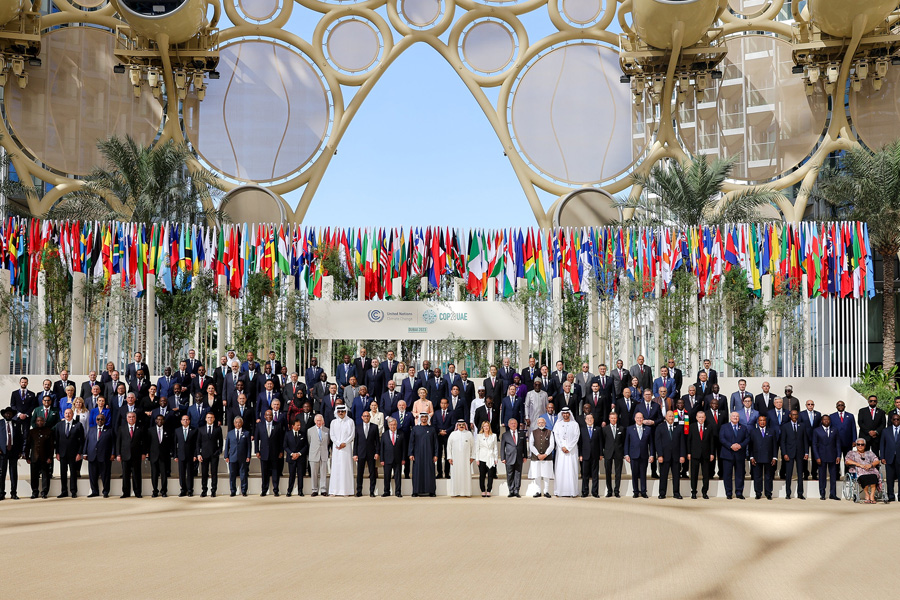
Even though the Green Climate Fund (GCF), which accelerated transformative climate action in developing countries through a country-owned partnership approach exists, there remain significant challenges for Pacific Island countries to accessing climate finance.
Author
Sriparna Pathak, Associate Professor, Chinese Studies and International Relations, O.P. Jindal Global University, Sonipat, Haryana, India.
Summary
The concept of security, essentially tied to the survival of a State continues to remain the most potent one in the 21st century. However, while military security may be the most important one for some states, others view security and survival through different lenses. Pacific Island countries (PICs) for example, view the climate crisis as the most potent challenge in international relations, given the fact that they are not just at risk of more devastating natural disasters, but also of being completely submerged under water if global temperatures increase, and water levels surrounding these island countries rise. PICs are ecologically fragile and among the most vulnerable to the climate crisis. The climate crisis and climate-sensitive health risks such as vector, food, and waterborne diseases remain significant challenges for PICs.
Food and water security in the PICs are also tied to the climate crisis. Livelihoods in the PICs, inextricably tied to health are tied to climate-sensitive diseases such as dengue, malaria, cholera, filariasis, leptospirosis, schistosomiasis, and ciguatera fish poisoning have also been tremendously affected. Thus, combating climate change is a matter of urgency, particularly for the PICs. Securing climate financing to build resilience to the climate crisis is thus a matter of crucial urgency for the Pacific Islands region. However, PICs face a large climate finance gap, with the average annual spending needs estimated at 6.5 to 9% of the Gross Domestic Product, or almost $ 1 billion for the region.
Even though the Green Climate Fund (GCF), which accelerated transformative climate action in developing countries through a country-owned partnership approach exists, there remain significant challenges for PICs to accessing climate finance. In the PICs, the GCF has not been successfully adapted to meet the unique requirements of the PICs. For example, the GCF’s approach to the private sector in PICs is not sufficiently coordinated. Also, while the GCF policy landscape has the flexibility to accommodate certain circumstances of the PICs, certain policy and governance issues require Board discussion and decisions. Therefore, at COP28, Dr Sultan Al Jaber, the COP 28 president emphasised that climate finance must be affordable, accessible, and available to developing countries.
Published in: Hindustan Times
To read the full article, please click here.

